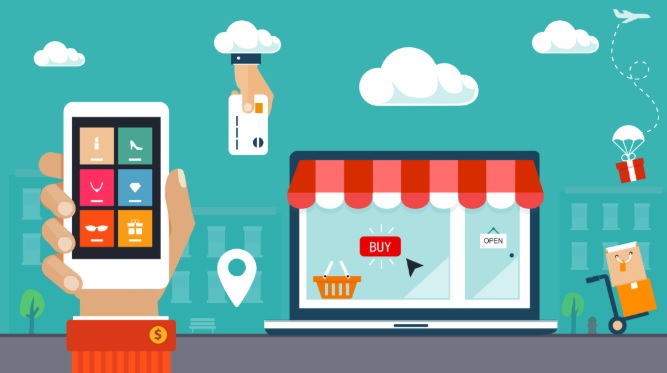Marketing Tips for Your Dropshipping Business
Drop shipping has dramatically influenced the e-commerce landscape, but its newness means that entrepreneurs exploring the model are still figuring out how to market themselves effectively. What do you do similarly or differently than other e-commerce companies? How do you reach potential customers when your suppliers are in charge of your products? Marketing yourself can be challenging to navigate, so here are some tips for spreading the word about your business.
Pick the right suppliers
Partnering with the right suppliers is imperative not only for marketing but also for your general business operations. Without reliable manufacturers generating quality goods and shipping them punctually, you’re just an unnecessary middleman that takes all the blame. Whether you are just getting started or searching for new allies, vet potential suppliers thoroughly and look for signs that mark them as fraudulent.
If you work with suppliers that you trust, whether they are international or USA drop shippers, then you can make it known to your customers. Do you only purchase the best products from the most reliable sources, even if it costs you a little more? Then don’t be afraid to advertise who produces the goods you sell—your customers want reliability just as much as you do.
Retarget and retain
According to Beeketing.com, 98 percent of visitors do not purchase anything their first time on your website. Traffic is challenging enough to drive, so how do you encourage them to act on what they see? Attracting new customers is always essential, but do not neglect to reach out to people who have already seen you. Just because they did not buy anything from you the first time does not mean that they decided not to at all.
“Retargeting” is a strategy where you focus on consumers who have already seen your site. Consider displaying advertisements to such people: the jewelry company Blue Steel’s retargeting efforts entailed Facebook ads that said, “I saw you checking me out” alongside images of products they previously explored. The strategy improved sales by 325 percent.
Don’t neglect customer retention, either. You want to win consumer loyalty, so offer special deals, insider access, or other privileges to people who have purchased from you. Returning customers are also more likely to tell their peers about you, and there is no marketing quite like word-of-mouth.
Establish legitimacy
On a related note, promotions and discounts are excellent ways to attract new customers and reward returning ones. Bundle deals, sign-up perks, and other techniques will help motivate consumers to purchase from you instead of someone else. Promotions help establish your business’s legitimacy: fraudulent companies are out for money, but you genuinely care about your customers.
Make sure that your customer service is helpful and available (provide your contact information plainly on your website, and respond to complaints and compliments on social media). If a customer gives you a particularly glowing review, ask if you can display it where others can see it. People feel more comfortable purchasing from businesses they see others buying from. To give customers an extra sense of security, remember to send them confirmation emails after they place an order.
Don’t forget tried-and-true social media
Social media is critical to e-commerce marketing, and it is no different for dropshipping. If you have a niche audience (specializing in a product helps you find the right crowd and prevents you from spreading yourself too thin), determine where they congregate online and converse with them. Use platforms like Quora to establish yourself as a thought leader in your field. Find out what they like, don’t want, and adapt your operations to fit their needs.
Visuals are imperative, too. Instagram is particularly valuable for this kind of marketing, and it’s one of the largest platforms out there. Post enticing images and infographics, and use hashtags, filters, and other tools appropriately (there is a business advertising option available). Reading about products is one thing, but seeing them in use is another.
Remember SEO
One of the benefits of dropshipping is that it can free up your time, so Shopify advises that when you are first starting out in the game, you should devote at least 75 percent of your time to marketing and SEO efforts for a minimum of four to six months. Maintain an informative blog that uses a variety of keywords and links (without overdoing it), and consider pitching articles to other publishing sites. If you are not an SEO expert, that’s fine; there are numerous resources and partners you can turn to.
Dropshipping circumnavigates many aspects of running an online store, so you have plenty of time to spend on outreach. How will you market your drop shipping business?
